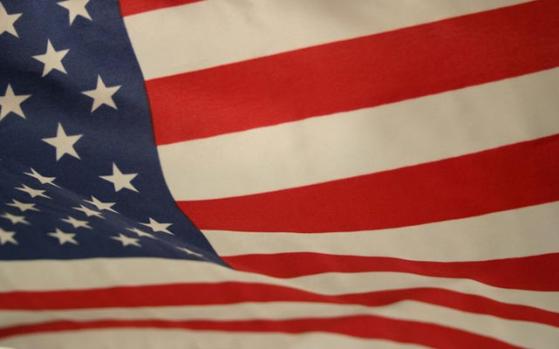ExchangeRates.org.uk -
GBP/USD Exchange Rate Rises following Downbeat US Jobs Data
The Pound US Dollar (GBP/USD) exchange rate traded in a wide range last week, ultimately firming as the latest US employment data fell well below market expectations. The pairing closed the week at around $1.2802.
US Dollar (USD) Tumbles amid Surging Fed Rate Cut Bets
The US Dollar (USD) strengthened at the start of last week as escalating tensions in the Middle East served to sour global risk sentiment. However, surmounting expectations that the Federal Reserve could begin to lower interest rates in September limited USD’s upside potential. On Tuesday, the latest JOLT’s job openings figures printed higher than forecast, lending the ‘greenback’ some support, as signs of broader employment opportunities quelled concerns of a loosening US labour market. Additionally, the latest US consumer confidence index came in better than anticipated, signalling improving morale across US households. On Wednesday, the Federal Reserve then released its latest interest rate decision. While the central bank enacted a widely anticipated hold on interest rates, accompanying guidance signalled that the Fed will likely begin to reduce its base rate next month. As such, surging Fed rate cut bets weighed on USD exchange rates. A souring market sentiment on Thursday enabled the safe-haven ‘greenback’ to recoup some of its recent losses, in the wake of the Fed’s dovish tilt. Concerns of a weakening Chinese economy coupled with ramped-up geopolitical tensions in the Middle East saw investors once again favouring safer currencies amid gloomy trade. USD then struck multi-month lows on Friday, as the high-impact non-farm payrolls report significantly missed forecasts. Furthermore, US unemployment unexpectedly rose to 4.3%. The downbeat jobs data revived concerns of a notably cooling US labour market, in turn sparking a surge in Fed interest rate cut bets, which left USD in freefall as the week drew to a close.
Pound (GBP) Volatile as BoE Cuts Rates
The Pound (GBP) struggled to garner investor support on Monday as UK Chancellor Rachel Reeves revealed government plans to raise taxes and cut spending, in order to plug a £22 billion gap in public finances, inherited from years of Conservative rule. However, Reeves stated that no new tax plans would be implemented prior to the 2024 autumn budget, thereby cushioning GBP’s downside. On Tuesday, a lack of fresh UK data left Sterling exposed to losses, while increased Bank of England (BoE) interest rate cut speculations further stymied GBP. Ongoing BoE rate cut speculations left the Pound largely subdued on Wednesday, as markets braced for the central bank’s looming interest rate decision. Thursday saw GBP plunge to multi-week lows in the morning as investors awaited the BoE’s looming monetary policy update. In the afternoon, the bank delivered a widely anticipated quarter-point rate reduction, lowering its base rate from a sixteen-year high of 5.25% to 5%. However, with only five of the nine voting rate-setters opting for a rate reduction, alongside some hawkish forward guidance, GBP was able to recoup some of its losses as the session progressed. As the week drew to a close, hawkish remarks from BoE Chief Economist Huw Pill kept Sterling afloat. Pill cautioned against cutting rates again ‘too quickly’, lending Sterling modest support.
Pound US Dollar Exchange Rate Forecast: PMIs in Focus
Looking ahead, the latest ISM services PMI is due for release in the US. Should the index signal a return to growth in the vital sector, USD could rebound. A lack of high-impact UK data could see Britain’s finalised services PMI pulled into focus. Confirmation of accelerating services activity last month could lift GBP on Monday.
This content was originally published on ExchangeRates.org.uk
